Introduction to Diwali
Diwali, also known as the Festival of Lights, is one of the most significant and widely celebrated festivals in India and among Hindu communities worldwide. This year, Diwali 2024 will be celebrated on November 1st, marking the return of light, joy, and prosperity. The festival spans over five days, each with its unique customs and rituals that symbolize the triumph of light over darkness and good over evil.
The cultural and religious significance of Diwali is deeply embedded in Hindu mythology, particularly the story of Lord Rama’s return to Ayodhya after 14 years of exile and his victory over the demon king Ravana. This triumph is commemorated by illuminating homes with oil lamps, candles, and vibrant lights, creating a mesmerizing spectacle that brightens up entire communities.
Diwali is not only a time for celebration but also a period for self-reflection and renewal. It encourages individuals to cleanse their homes and hearts, inviting positive energy and dispelling negative influences. The festival’s rituals, including the lighting of diyas (oil lamps), the bursting of fireworks, and the decoration of homes with rangoli (intricate designs made of colored powders), all contribute to an atmosphere of joy and unity.
Beyond its religious roots, Diwali has evolved into a culturally inclusive event, embraced by people of various backgrounds and faiths. It serves as an opportunity for families and communities to come together, share meals, exchange gifts, and extend wishes of prosperity and happiness. The essence of Diwali, with its emphasis on light, hope, and renewal, resonates universally, making it a beloved festival across the globe.
As we approach Diwali 2024, the anticipation of this luminous celebration grows, reminding us of the enduring power of light and goodness in our lives. Whether through traditional customs or modern festivities, Diwali continues to inspire and unite people in a collective celebration of life and positivity.
Historical Background of Diwali
Diwali, also known as Deepavali, is a festival steeped in rich historical traditions and legends that contribute to its widespread celebration across India and other parts of the world. The origins of Diwali can be traced back to various ancient stories and significant events in Hindu mythology, each adding a unique layer to the festival’s significance.
One of the most celebrated legends associated with Diwali is the return of Lord Rama to Ayodhya after 14 years of exile. According to the epic Ramayana, Lord Rama, along with his wife Sita and brother Lakshmana, returns to his kingdom after defeating the demon king Ravana. The people of Ayodhya, overjoyed at their return, illuminated the city with rows of oil lamps (diyas) to welcome them back, symbolizing the victory of light over darkness and good over evil. This story underpins the practice of lighting diyas and bursting fireworks during Diwali.
Another significant legend involves Lord Krishna and the defeat of the demon king Narakasura. Narakasura was a tyrant who harassed the inhabitants of the heavens and the earth. Lord Krishna, along with his wife Satyabhama, defeated Narakasura and freed thousands of captured women. The day after Narakasura’s defeat is celebrated as Naraka Chaturdashi, one of the five days of Diwali, symbolizing the triumph of divine forces over malevolent powers.
Additionally, Diwali is a major occasion for worshiping Goddess Lakshmi, the deity of wealth and prosperity. It is believed that on Diwali night, Goddess Lakshmi roams the earth and blesses her devotees with prosperity and good fortune. Homes are thoroughly cleaned and decorated with rangoli (colorful patterns made on the ground) and lights to welcome the goddess. This aspect of Diwali highlights the importance of cleanliness, light, and devotion in attracting positive energy and abundance.
These diverse legends and their associated rituals contribute to the multifaceted ways Diwali is celebrated. Each story emphasizes values such as the victory of good over evil, the importance of family and community, and the pursuit of prosperity and well-being. This rich tapestry of historical narratives makes Diwali a deeply significant and cherished festival in the cultural and spiritual life of millions.
Preparations for Diwali
As Diwali approaches, the air is filled with excitement and anticipation. Preparations for this grand festival commence weeks in advance, embodying a spirit of renewal and joy. One of the most significant activities is the thorough cleaning of homes. This ritual, known as ‘Diwali cleaning,’ is believed to purify the space, making it ready to welcome prosperity and the blessings of the goddess Lakshmi. Every nook and corner is meticulously cleaned, symbolizing the removal of any negative energies.
Decorating homes is another crucial aspect of Diwali preparations. Families adorn their houses with vibrant decorations, including colorful lights, flowers, and intricate rangoli designs. Rangoli, an art form where patterns are created on the ground using colored powders, rice, or flower petals, holds a special place in Diwali traditions. These beautiful designs are often placed at the entrance of homes to welcome guests and deities, believed to bring good luck and ward off evil spirits.
Shopping is an integral part of the Diwali festivities. People flock to markets and malls, purchasing new clothes for themselves and their loved ones. Wearing new attire during Diwali is a tradition that symbolizes new beginnings and the discarding of the old. In addition to clothing, buying gifts is a customary practice. Gifts such as sweets, dry fruits, and decorative items are exchanged among family and friends, fostering a sense of togetherness and love.
Lighting diyas, or oil lamps, is perhaps the most iconic Diwali tradition. These small earthen lamps are lit and placed around homes, creating a mesmerizing display of twinkling lights. The practice of lighting diyas is steeped in symbolism; it signifies the triumph of light over darkness and good over evil. As the evening progresses, the soft glow of countless diyas transforms the night into a radiant celebration, encapsulating the essence of Diwali.
The Five Days of Diwali
Diwali, a luminous festival celebrated across India, unfolds over five days, each with its own unique significance and customs. The festival commences with Dhanteras and culminates on Bhai Dooj, enveloping a spectrum of rituals, prayers, and festivities.
The first day, Dhanteras, is dedicated to prosperity and well-being. On this auspicious day, people purchase precious metals such as gold and silver, symbolizing wealth and good fortune. Homes are cleaned and decorated with rangolis and oil lamps to welcome Goddess Lakshmi, the deity of wealth. Special prayers are conducted to invoke her blessings for a prosperous year ahead.
The second day, known as Naraka Chaturdashi or Choti Diwali, commemorates the victory of Lord Krishna over the demon Narakasura. It involves early morning rituals, including a ceremonial oil bath, followed by the lighting of diyas (lamps) to dispel darkness and evil. Firecrackers are burst to celebrate the triumph of good over evil, and sweets are exchanged among friends and family.
Diwali, the third and most significant day, marks the return of Lord Rama to Ayodhya after his 14-year exile. Homes are adorned with lights, candles, and earthen lamps, creating a mesmerizing glow. Elaborate feasts are prepared, and families come together to perform the Lakshmi Puja, seeking blessings for wealth and happiness. Fireworks illuminate the night sky, adding to the joyous atmosphere.
The fourth day, Govardhan Puja or Annakut, celebrates Lord Krishna’s victory over Indra, the rain god, by lifting the Govardhan Hill. Devotees prepare a vast array of vegetarian dishes, which are offered to Krishna and later shared as prasad (blessed food). This day underscores the importance of community and gratitude.
Finally, the festival concludes with Bhai Dooj, a day dedicated to the bond between brothers and sisters. Sisters perform aarti and apply a ceremonial tilak on their brothers’ foreheads, praying for their well-being and longevity. In return, brothers pledge to protect their sisters and often present them with gifts. This day reinforces familial ties and mutual respect.
Each day of Diwali brims with cultural richness, symbolizing various aspects of life and spirituality, making it a deeply cherished festival that brings people together in joy and harmony.
Diwali Puja and Rituals
Diwali, the festival of lights, is steeped in religious rituals and traditional practices, with the worship of Goddess Lakshmi taking center stage. Lakshmi Puja, dedicated to the goddess of wealth and prosperity, is the most significant ritual performed during Diwali. This puja is meticulously carried out to invite prosperity, health, and wealth into homes.
The preparation for Lakshmi Puja begins with thorough cleaning of the home, symbolizing the removal of negativity and the welcoming of positive energy. The space for the puja is then decorated with colorful rangoli patterns, flowers, and oil lamps, creating an auspicious environment. An altar is set up with images or idols of Goddess Lakshmi, Lord Ganesha, and other deities.
The ritual commences with the chanting of mantras and the recitation of prayers to invoke the deities. Devotees offer a variety of items to Goddess Lakshmi, including fruits, sweets, flowers, and coins, symbolizing material and spiritual wealth. The offerings, known as ‘naivedya,’ are placed in front of the goddess, accompanied by the lighting of incense sticks and diyas (oil lamps), which are believed to ward off evil spirits.
A significant part of the Lakshmi Puja is the recitation of the Lakshmi Chalisa and the Lakshmi Aarti, hymns extolling the virtues and blessings of the goddess. These hymns are believed to please Goddess Lakshmi and ensure her benevolence. The ritual concludes with the distribution of prasad, the blessed offerings, to family members and guests, symbolizing the sharing of divine blessings.
Besides Lakshmi Puja, other popular rituals during Diwali include Govardhan Puja, celebrated the day after Diwali, honoring Lord Krishna’s lifting of the Govardhan Hill to protect villagers from torrential rains. Bhai Dooj, another significant ritual, is a celebration of the bond between brothers and sisters, marked by the exchange of gifts and sweets.
These rituals, deeply embedded in the cultural fabric, not only foster a sense of spiritual fulfillment but also strengthen familial bonds and community spirit during the joyous occasion of Diwali.
Traditional Diwali Foods and Sweets
Diwali, known as the Festival of Lights, is not just a time for illuminating homes and bursting fireworks; it is also an occasion to indulge in a variety of traditional foods and sweets that symbolize joy and prosperity. The culinary aspect of Diwali is rich and diverse, featuring an array of delectable dishes that are prepared and shared with loved ones.
The savory side of Diwali cuisine often includes snacks like samosas and pakoras. Samosas, with their crispy pastry shells filled with spiced potatoes or meat, are a ubiquitous presence during the festival. Pakoras, on the other hand, are deep-fried fritters made from vegetables such as onions, potatoes, and spinach, coated in a seasoned gram flour batter. Both of these snacks are cherished for their tantalizing flavors and are perfect accompaniments to the festive ambiance.
No Diwali celebration is complete without an assortment of mithai, or traditional Indian sweets. Among the most popular are ladoos, barfis, and jalebis. Ladoos are round, bite-sized treats made from ingredients like chickpea flour, coconut, or semolina, often enriched with nuts and flavored with cardamom. Barfis are dense, milk-based sweets that come in various flavors such as pistachio, almond, and coconut, often garnished with edible silver leaf. Jalebis, with their spiral shapes and syrupy sweetness, are made by deep-frying batter and then soaking it in sugar syrup, creating a delightful crunch and sweetness in every bite.
The tradition of sharing these delicacies holds deep cultural significance. Exchanging sweets and snacks during Diwali is a gesture of love, goodwill, and community bonding. It is a way of expressing gratitude and extending warm wishes to friends and family. These traditional foods and sweets not only enhance the festive spirit but also reinforce the values of togetherness and sharing, which are central to the celebration of Diwali.
Modern Celebrations and Innovations
Diwali, the festival of lights, has witnessed significant evolution in its celebration styles, especially in contemporary times. The influence of globalization and technology has added new dimensions to this ancient festival, making it more inclusive and accessible. One of the notable changes is the growing awareness and adoption of eco-friendly fireworks. As environmental concerns rise, many people are opting for green alternatives, which produce less pollution and are safer for both humans and animals. These innovations allow revelers to enjoy the sparkle of Diwali without compromising on environmental responsibility.
Moreover, the advent of technology has redefined the way people celebrate Diwali. Virtual Diwali parties have become a popular trend, particularly in the wake of global events that necessitate social distancing. Using video conferencing tools, families and friends separated by distance can now celebrate together, exchanging greetings and participating in rituals in real-time. This technological advancement has made it possible to keep the sense of community and togetherness alive, despite physical barriers.
Social media platforms play a pivotal role in modern Diwali celebrations. From sharing festive recipes to posting pictures of beautifully decorated homes and lighting arrangements, social media allows people to showcase their unique ways of celebrating and draw inspiration from others. It also serves as a medium to send digital Diwali greetings, making it easier to connect with loved ones across the globe.
Balancing traditional customs with modern lifestyles is another aspect where contemporary Diwali celebrations stand out. While many people still adhere to age-old rituals such as lighting diyas, performing Lakshmi Puja, and preparing traditional sweets, they also incorporate modern elements. This blend of tradition and innovation ensures that Diwali remains relevant and cherished across generations. Whether it’s through eco-friendly practices, virtual gatherings, or social media interactions, the essence of Diwali continues to shine brightly in today’s world.
Diwali Around the World
Diwali, the festival of lights, is not only a major celebration in India but has also found a significant place in the hearts of millions of people around the world. The Indian diaspora, along with other communities, celebrate Diwali with great enthusiasm, making it a global festival that transcends cultural boundaries.
In the United States, Diwali is a vibrant affair with grand events organized in cities like New York, San Francisco, and Houston. The celebration often includes cultural performances, Diwali fairs, and the lighting of public spaces with traditional lamps and fireworks. Notably, in New York City, Times Square hosts one of the most prominent Diwali festivals, featuring dances, music, and food stalls that attract thousands of attendees from diverse backgrounds.
Across the Atlantic, the United Kingdom hosts some of the most spectacular Diwali events outside of India. In Leicester, the Diwali lights switch-on ceremony is a significant event, drawing crowds from all over the country. The city’s Golden Mile, known for its vibrant Indian community, is adorned with lights, and the streets come alive with parades, performances, and fireworks. London also celebrates Diwali with festivities in Trafalgar Square, showcasing the rich cultural heritage of the Indian community through music, dance, and cuisine.
Canada, with its multicultural society, embraces Diwali with open arms. Cities like Toronto and Vancouver see large public celebrations where people from various ethnicities come together to enjoy the colorful displays, traditional music, and festive foods. The Diwali Razzmatazz in Toronto is a notable event that highlights Bollywood performances, rangoli competitions, and an array of Indian delicacies.
In Australia, the Indian community celebrates Diwali with equal fervor. Major cities like Sydney and Melbourne host Diwali festivals that include fireworks, live performances, and food stalls offering a taste of India. The Sydney Diwali Fair and the Melbourne Diwali Festival are prominent events that showcase the diversity and unity of the community, attracting people from various cultural backgrounds to partake in the festivities.
As Diwali spreads across the globe, it adapts and integrates into local traditions, enriching the cultural tapestry of each country. The festival’s universal themes of light triumphing over darkness and good over evil resonate with people worldwide, making Diwali a truly global celebration.

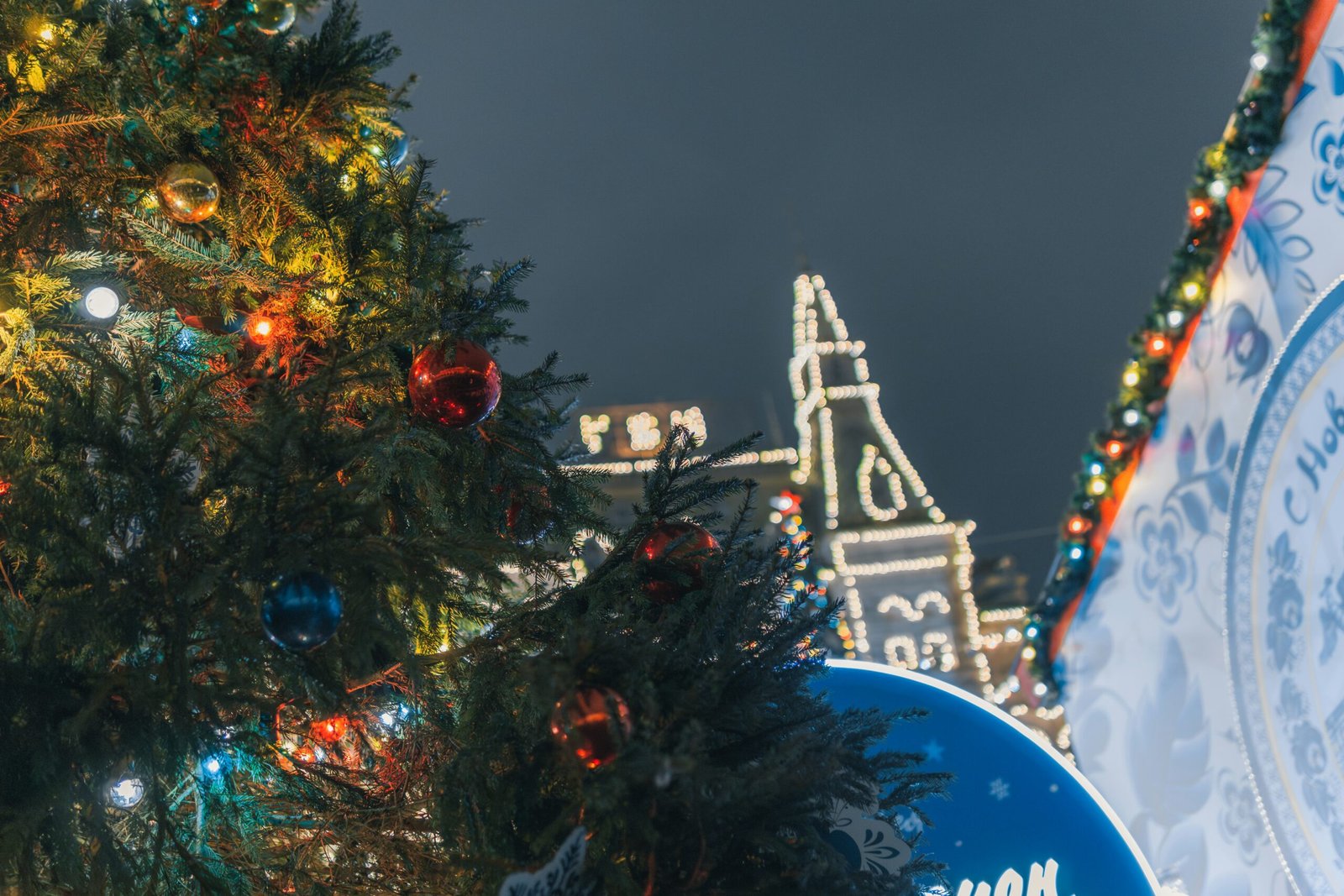
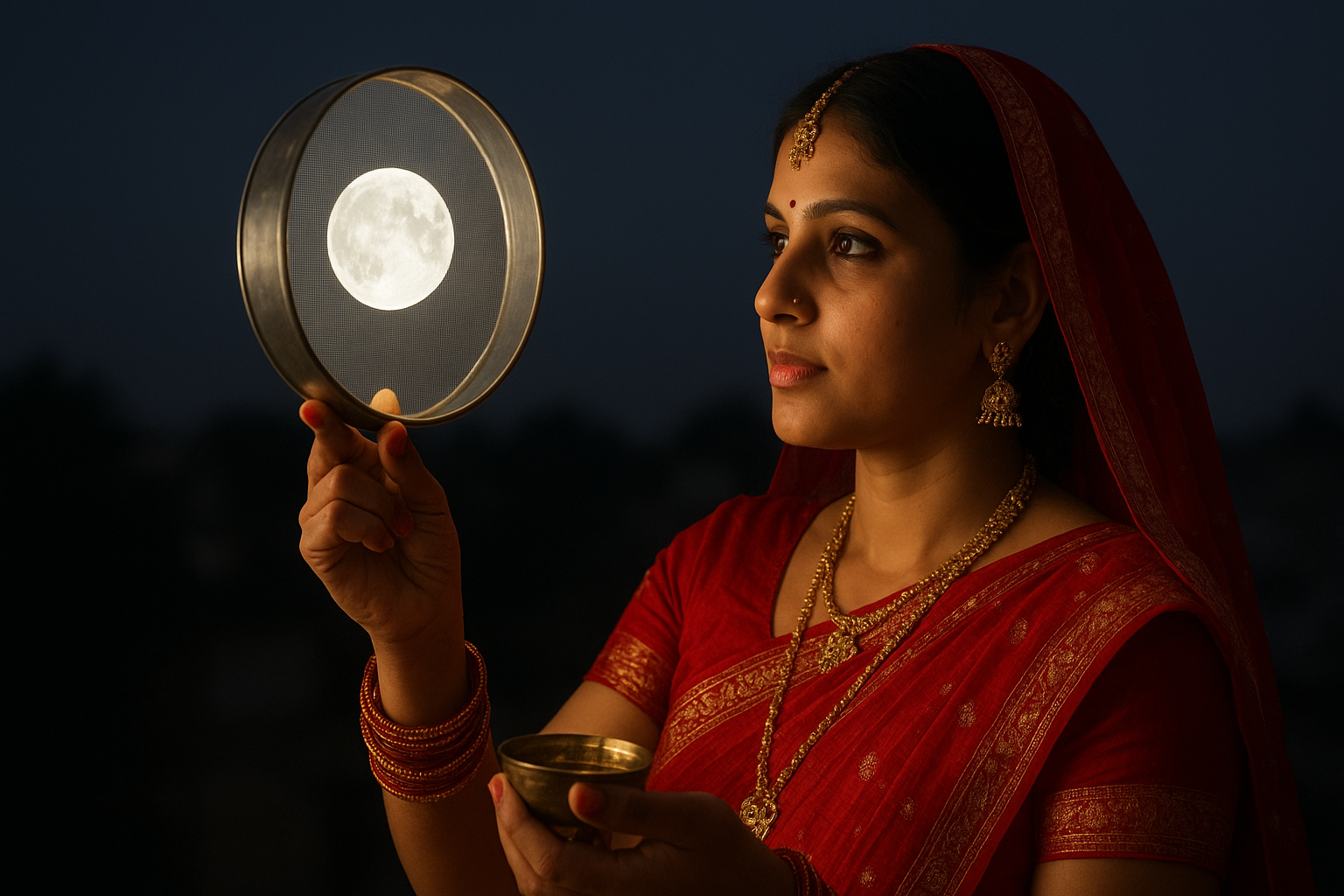
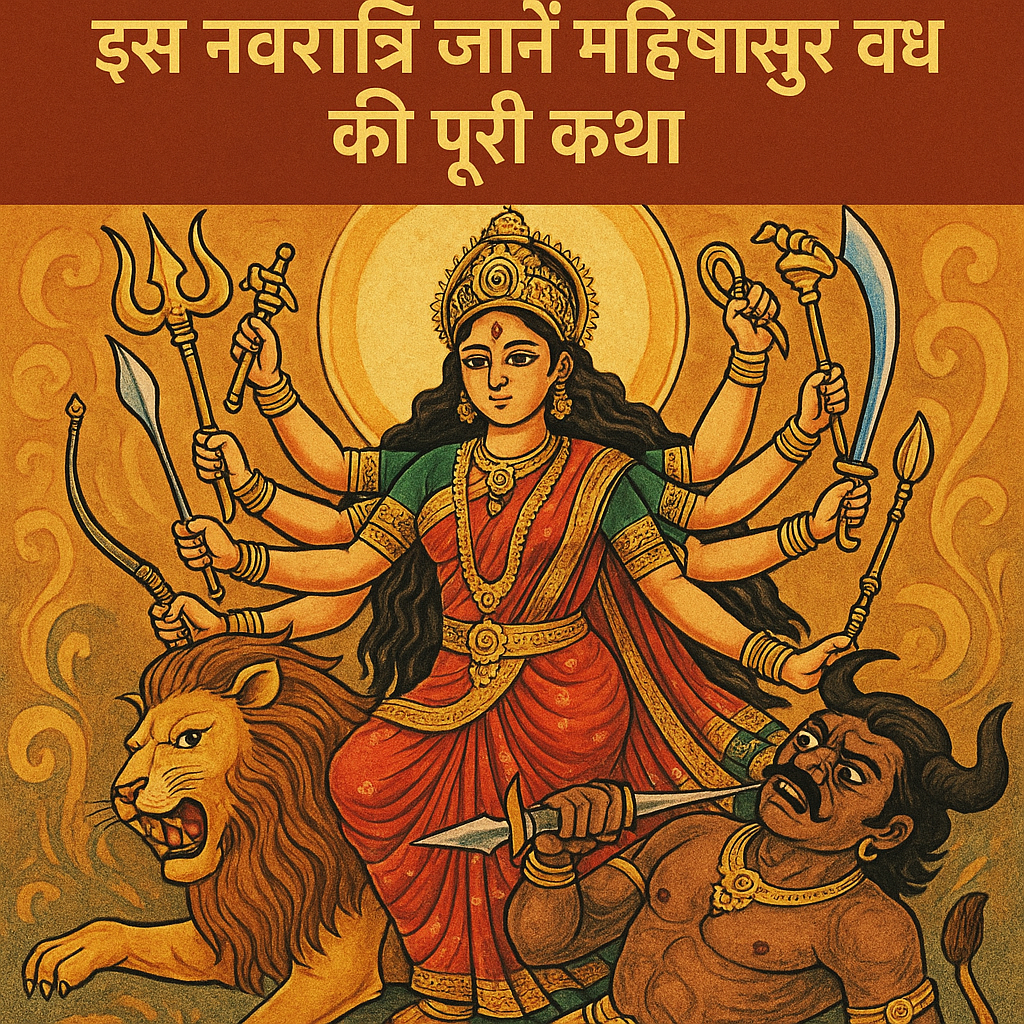
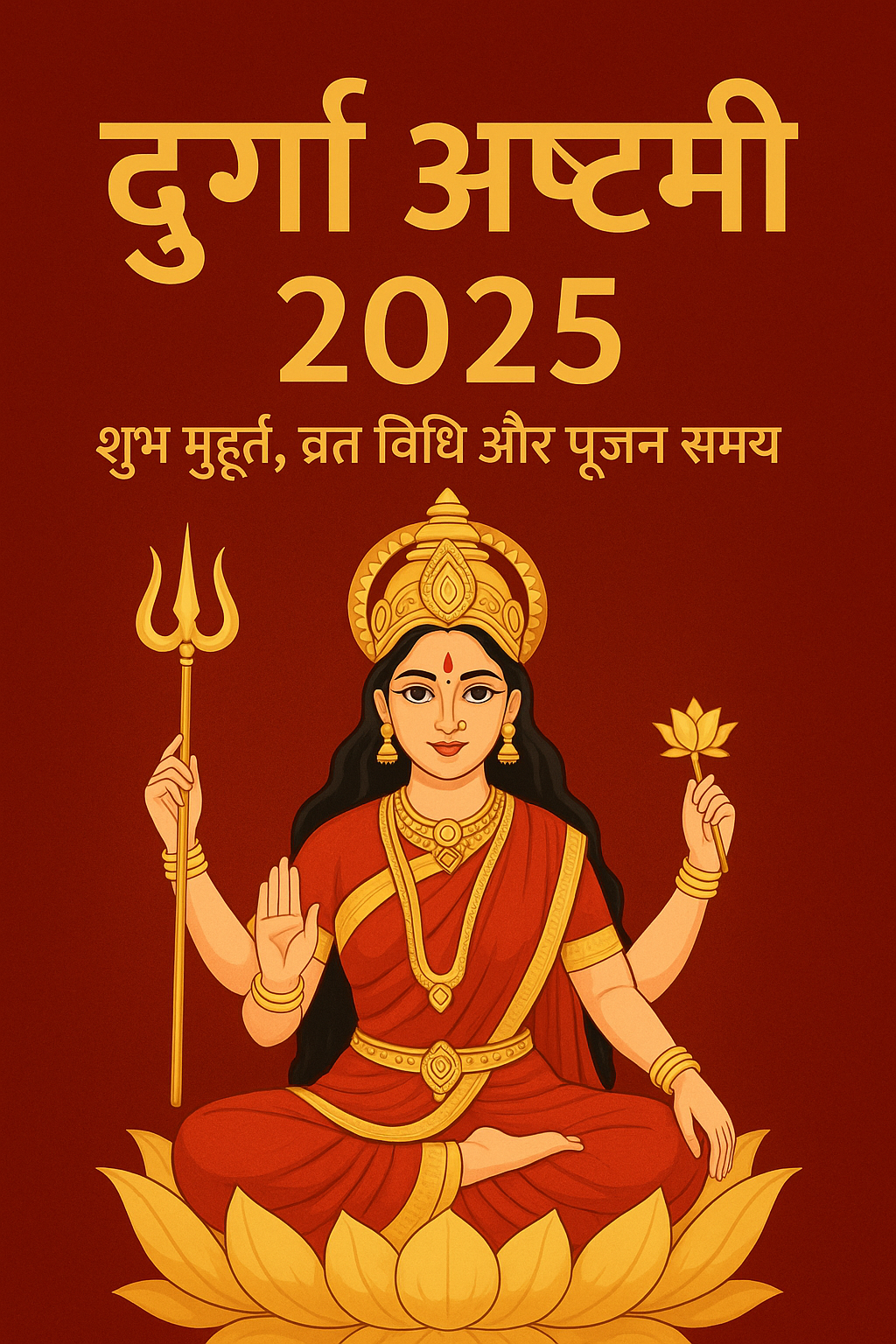
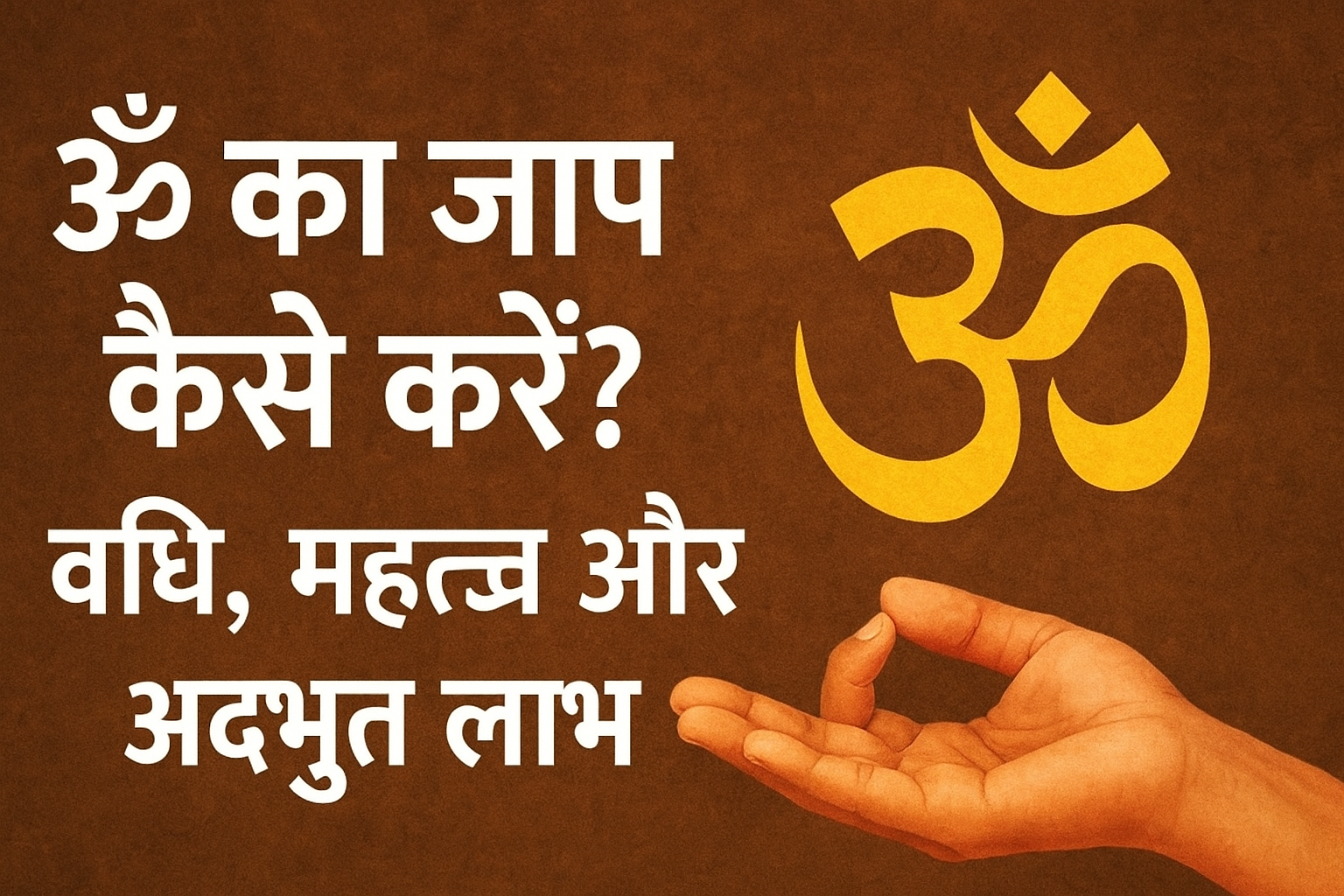
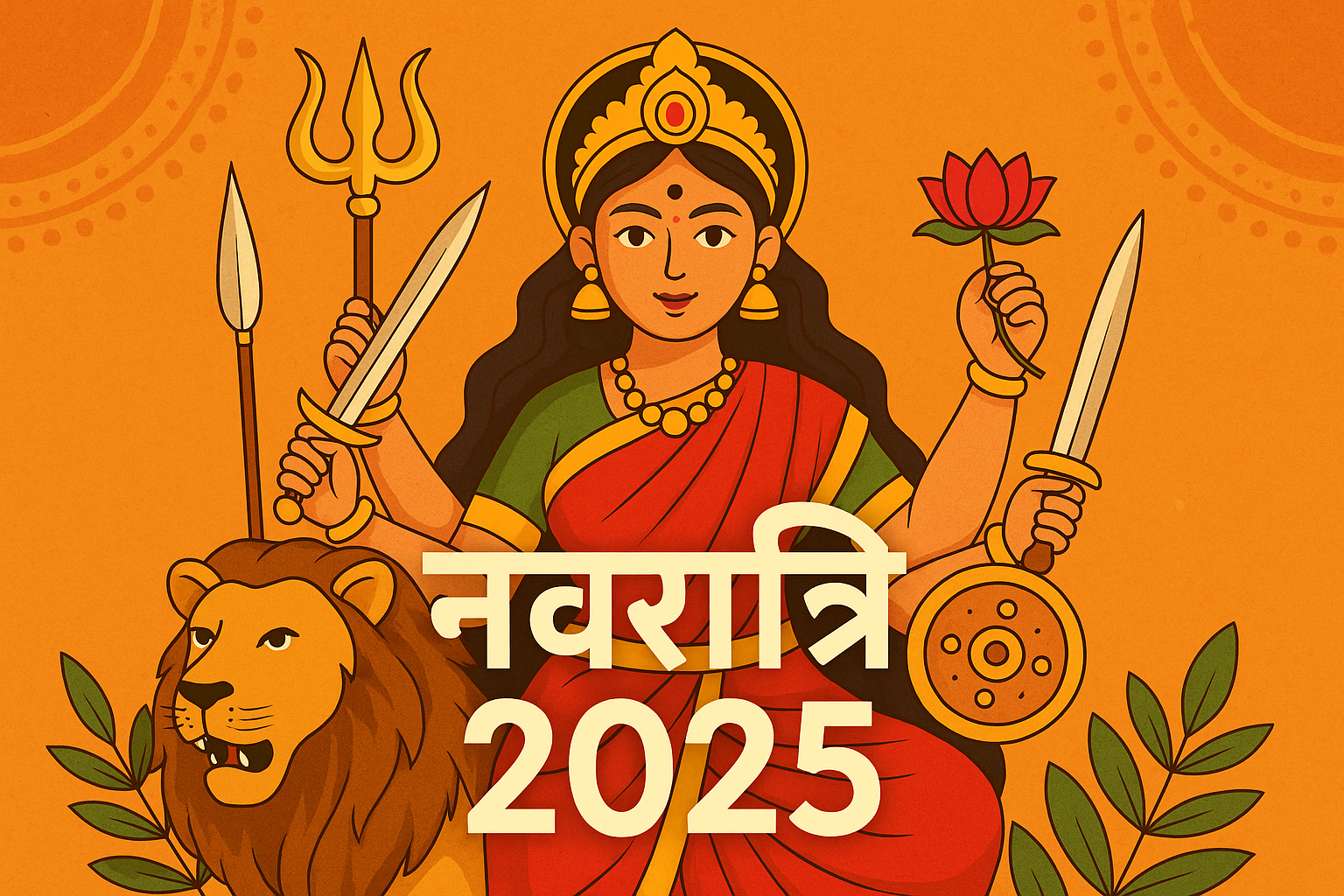
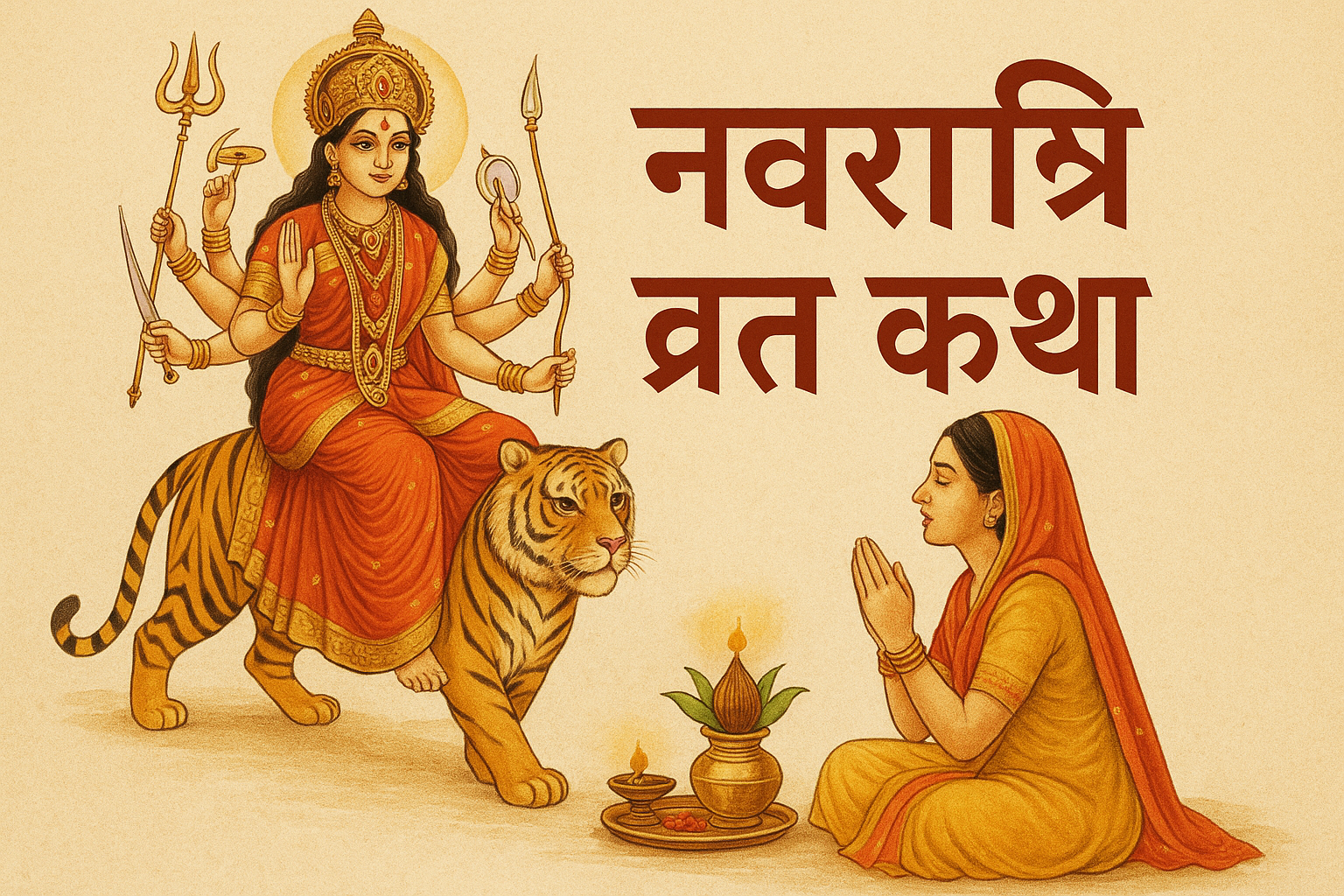
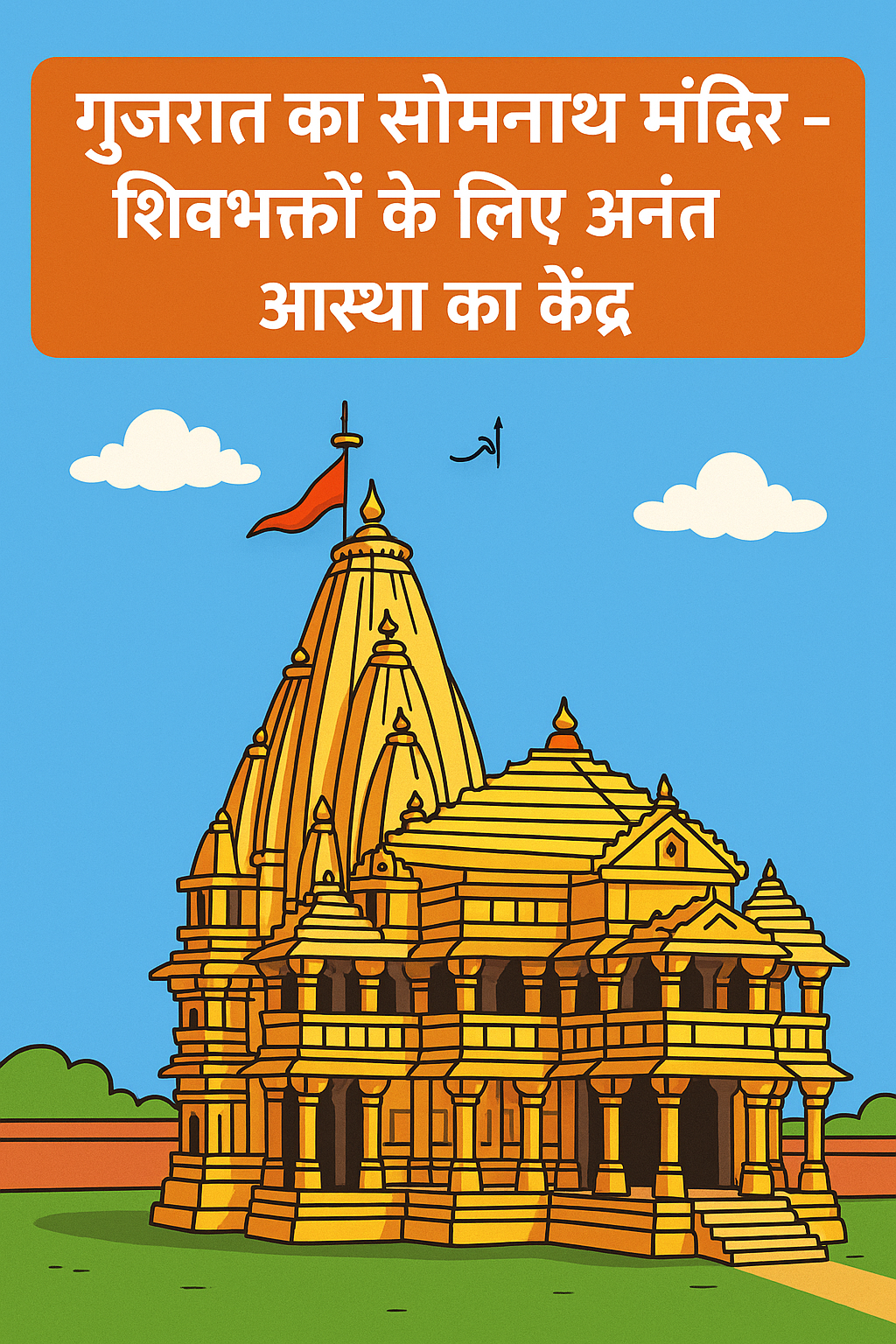


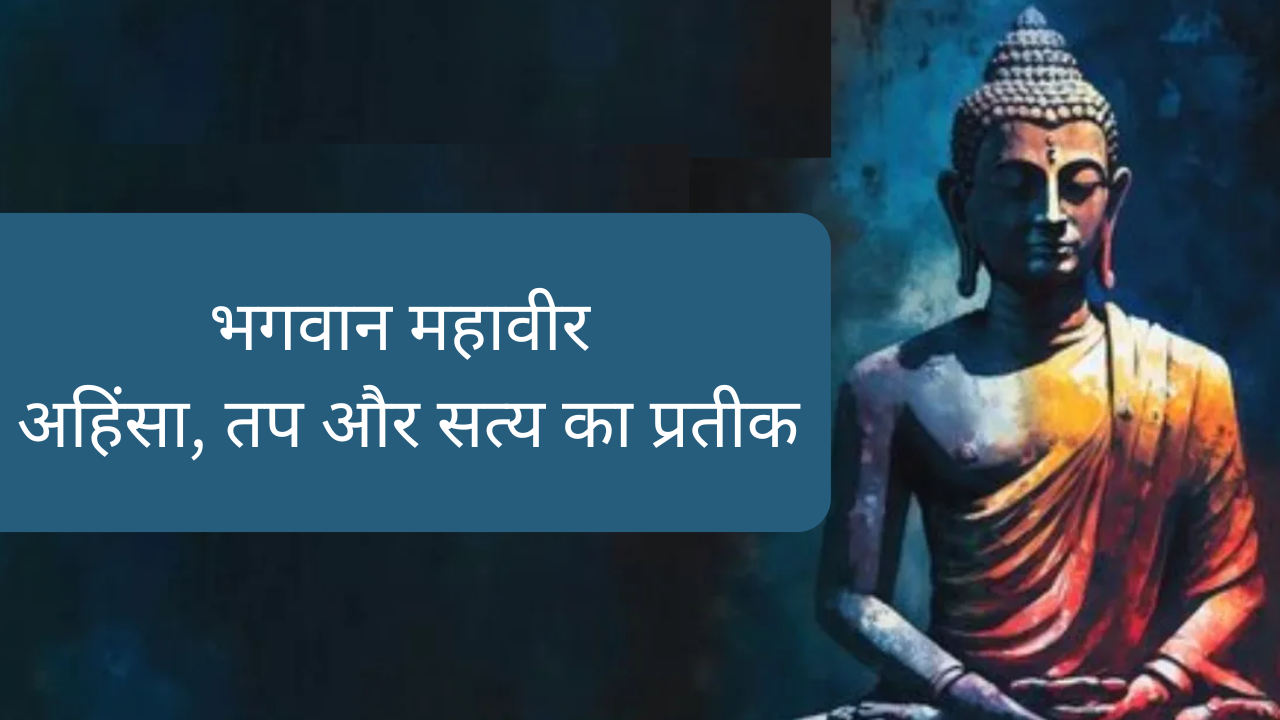
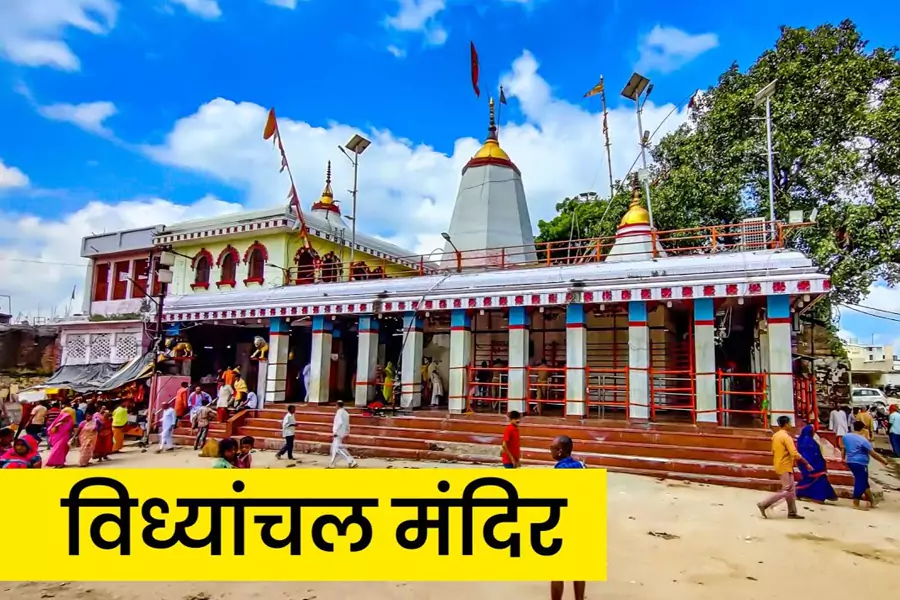

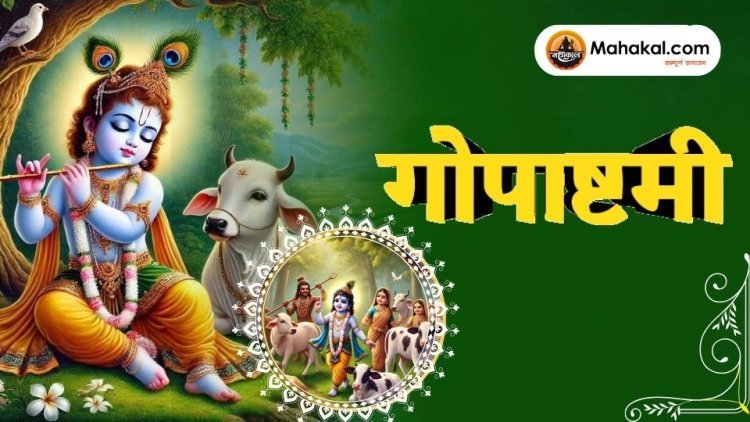
Leave a Reply